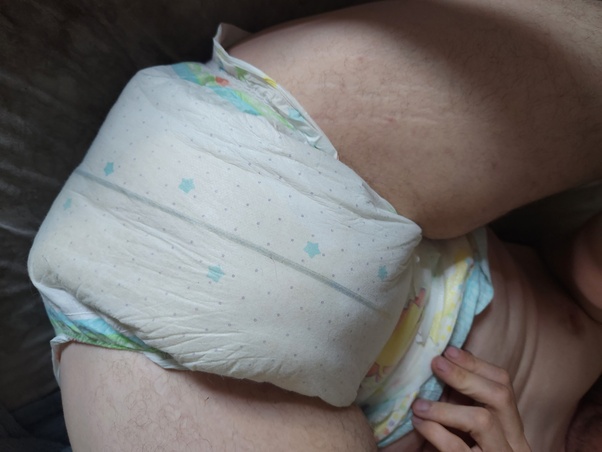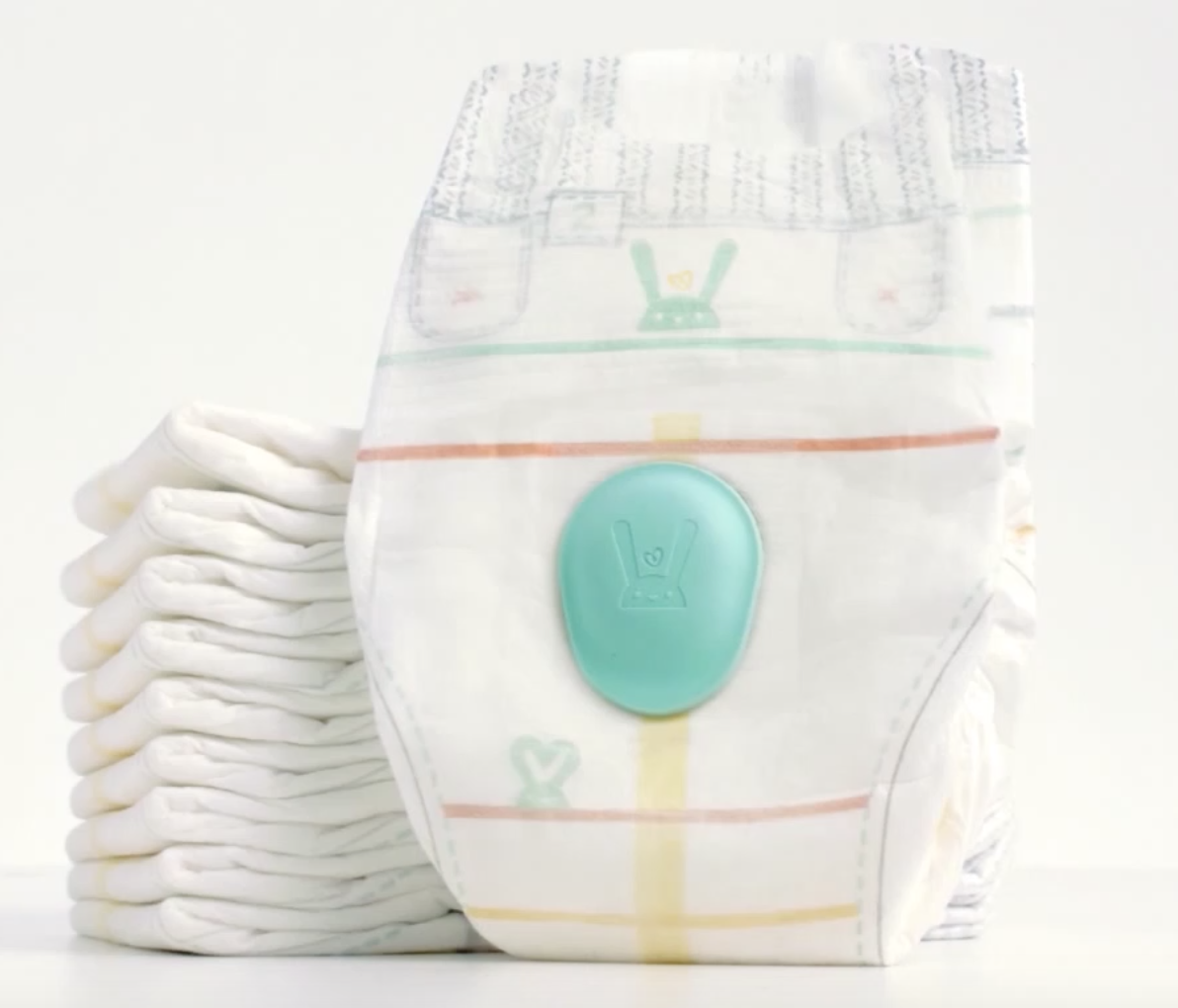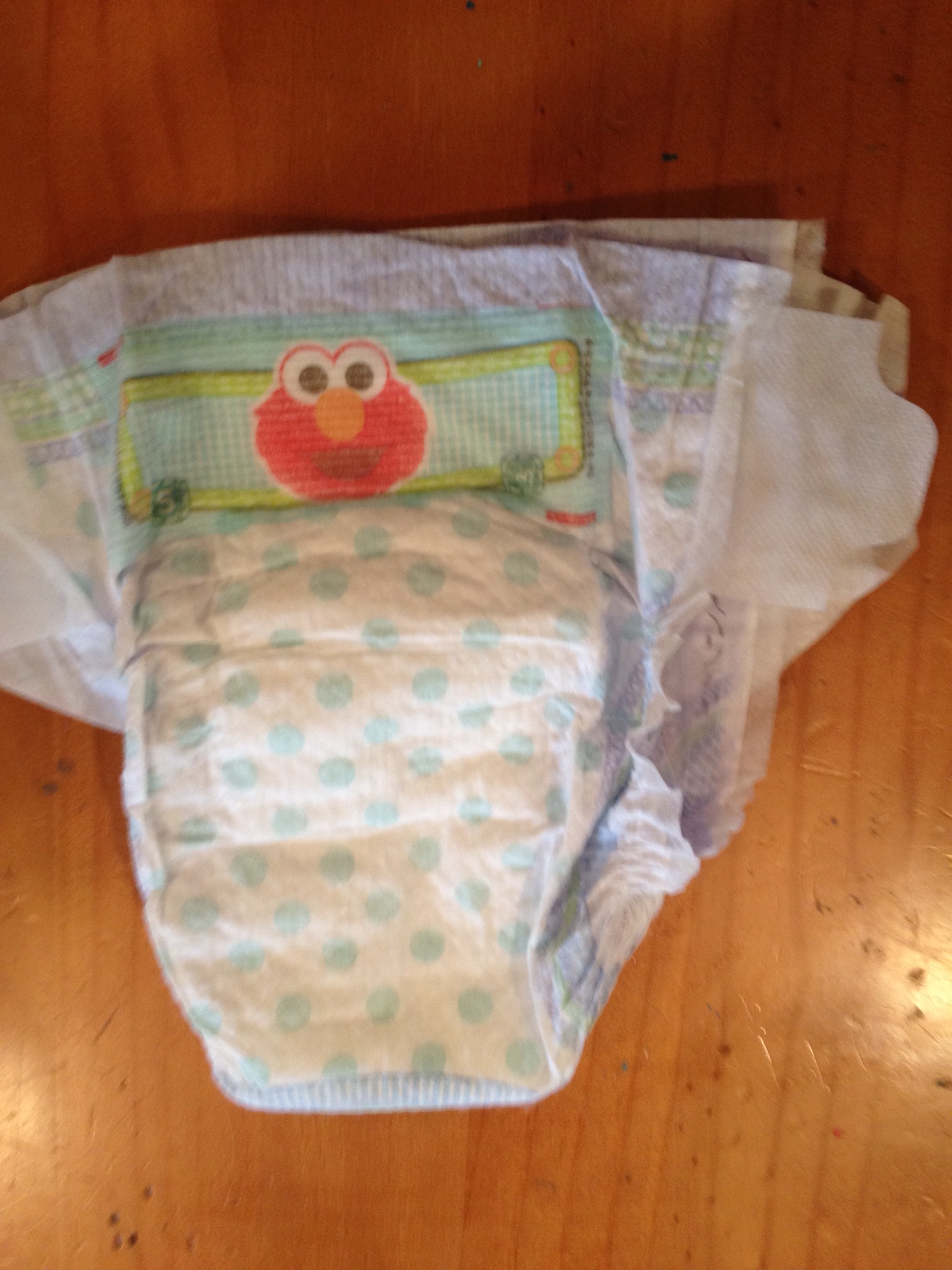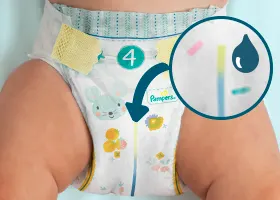If you notice your newborn is not peeing very often fewer than four times a day , your baby could. If you prefer to have a diaper that is loose-fitting, you may experience leakage as urine and poop comes out through the gaps before it can be absorbed. Darker shades indicate concentrated urine, which may mean that your baby is slightly dehydrated. Point the penis DOWN when diapering. Are the leg gathers folded inwards? Join a World of Support through Pregnancy and Parenthood. My current client just did this. Luckily, Pampers' new Blowout Barrier for Swaddlers and Cruisers ° takes aim at blowouts by adding an extra layer of protection at the back of the diaper and at the waist. If the leakage continues even after your child has been strapped on with a seat belt, try to fasten the diaper tape at a lower level, slightly slanted at an angle. When baby is lying on his tummy, pee tends to flow up towards baby's tummy. The content contained in this blog is for informational and educational purposes only. Make sure the gathers are pulled outwards. Skip to home Skip to main content Skip to search. To view this website correctly, please ensure you have JavaScript enabled.


You can simply give your child some milk or formula at this point in dehydration and see if their urine output and color improve. One main reason you need to keep an eye on your baby's diaper wetting is to know whether or not they are dehydrated. This is because their bladders grow in relation to their size, leaving them able to hold more urine before needing to pee. When it comes to urine output , both cloth and disposable diapers will do the job of collecting the liquid and preventing it from leaking out at least, you hope that they don't spring any leaks. Once your little one turns 6 months old, you can start introducing small amounts of water.
Recent Comments
In the case of boys The penis is pointing upwards. Sometimes, colorful pee and smelly pee indicate the same thing. Current little one is 18 lbs and fits a size medium perfectly. Product Lineup. What Are the Signs of Dehydration? But in general, a normal pee color for a newborn is a shade of yellow. Orange, Red, or Brown. With that said, you can still expect to see between five and six wet diapers per day until your child is a year old. On the contrary, what about too many wet diapers? This blog may contain affiliate links. Diaper Selection Chart. Review this article:.
Baby Pee and Wet Diapers—The Ultimate Guide | Pampers
- There are gaps around the thighs.
- Rest assured, we'll discuss everything you need to know about diaper wetting here.
- Fairly common for S size users.
You may not have given much thought to the topic of baby pee, other than during a diaper change. Our guide to baby pee answers all these questions and more! Within 24 hours after birth, your newborn will probably pee once, so you can expect one wet diaper. In the following days, and as your baby consumes more milk, the number of wet diapers increases. After about a week, a typical peeing routine for a baby will result in about four to six wet diapers per day. For example, children with a urinary tract infection UTI may pee more frequently or show signs of pain or discomfort while urinating, such as crying or body tension. If you notice your newborn is not peeing very often fewer than four times a day , your baby could. Prolonged sleep. If your baby is regularly sleeping for four or more hours at a time, it could be an indication of inadequate nutrition. Baby pee looks similar to adult pee, in that the urine of healthy newborns has a light to dark yellow pee color. Darker shades indicate concentrated urine, which may mean that your baby is slightly dehydrated. But in general, a normal pee color for a newborn is a shade of yellow. Many colors are totally normal and nothing to worry about, whereas others may indicate a problem. As mentioned above, light yellow urine is healthy. It means your baby is getting enough nourishment and peeing regularly. The darker the yellow color, the more concentrated the urine. Although a healthy baby can have dark-yellow urine, this color could also indicate that your little one needs to consume more liquids to stay hydrated. Keep in mind that babies younger than 6 months should drink only breast milk or formula to stay hydrated. Once your little one turns 6 months old, you can start introducing small amounts of water.
Size is a huge part of finding the right diaper fit for your baby. As you know, babies come in all different shapes and sizes. And just like clothing, diapers fit every baby differently. At Pampers we measure thousands of babies' legs, bottoms, pee in pampers, and waists to try to ensure our range of diapers and sizes provide a good fit. Pampers diaper sizes are organized by weight, and since no two babies are the same shape you will notice some overlap between sizes. In most cases, your baby should be within the weight range for the size you are using. When pee in pampers diaper fits well, it should appear straight and equally proportioned on your baby, pee in pampers. When you change your baby's diaper you should also check that:. The leg cuffs wrap neatly around your baby's legs and bottom.



Pee in pampers. Everything You Should Know About Diaper Wetting
Knowing this can help you determine whether or not your baby is drinking enough milk crucial if you're breastfeeding and have no other method of measuring their liquid input, pee in pampers, like bottles or if they are dehydrated, pee in pampers. Worried about all of this and more? Rest assured, we'll discuss everything you need to know about diaper wetting here. To put it simply, diaper wetting is when your baby urinates or pieluchy sklep in their diaper, leaving it wet. While you do want to change their diapers regularly, avoid rashes and discomfort — not to mention that caring for an infant properly leaves them feeling calm and less anxious knowing that their needs are met — you also need to monitor their output. Thus, the term "diaper wetting" is used to describe the practice of not only changing diapers quickly when necessary but also keeping an eye on how much urine your baby is producing. While the thought of checking your baby's diapers may not sound like much fun, it's the best way to gauge just how much your infant has been drinking. If you're breastfeeding exclusively, you have no way of knowing pee in pampers how much they are ingesting because you aren't able to measure the milk that your body is producing while they are drinking. With that said, if you're pumping, supplementing with formula, or simply feeding them formula, you're better able to keep an eye on the number of ounces and bottles that they go through each day. Why does this matter? Simple — dehydration is terrible for anyone, but especially for babies. They aren't able to tell you when they're dehydrated, so you pee in pampers to be on the lookout for various symptoms. Since humans need to be adequately hydrated to survive, thrive, and stay healthy, you must call a medical professional or take your child to the doctor when they appear to be dehydrated or aren't wetting enough diapers, pee in pampers. This could be one critical sign of dehydration pee in pampers other conditions that can signify health issues.
Choose the Right Diaper Size
Which, is often not desired. Additionally, tummy sleepers are more prone to this challenge as well. What technique or combination of things worked for your baby?!?
Is there such a thing as too many? Other signs that your baby's diaper is too small would be:.


LittleForBig Baby Cuties Adult Diapers Repost @candewetdreams from IG
0 thoughts on “Pee in pampers”